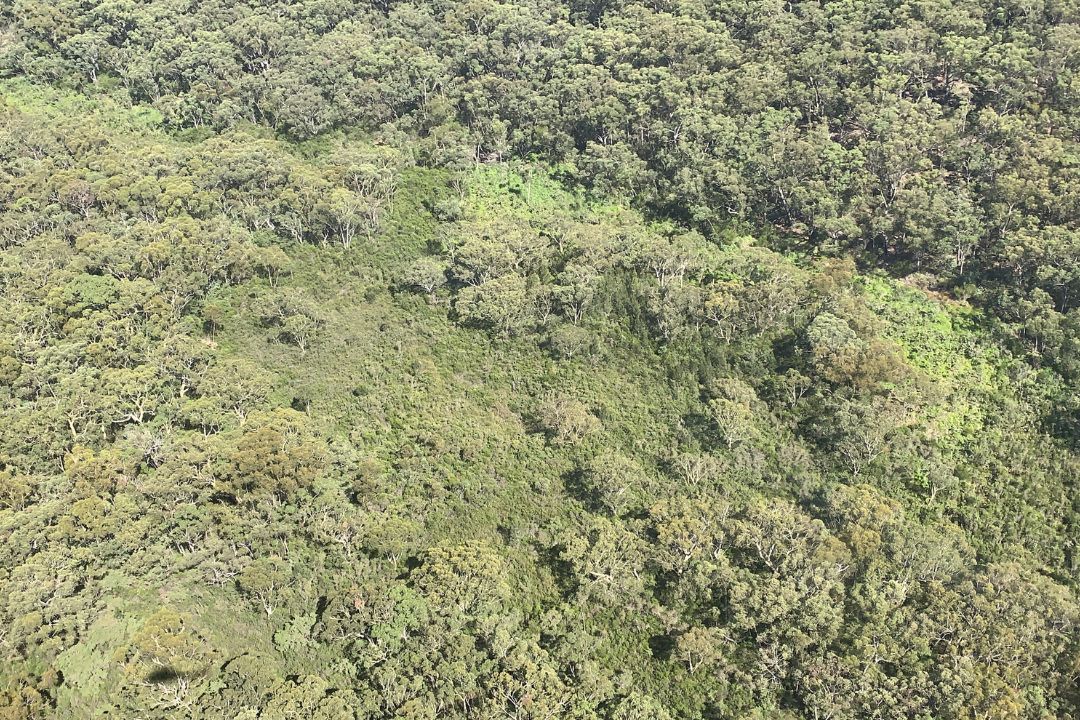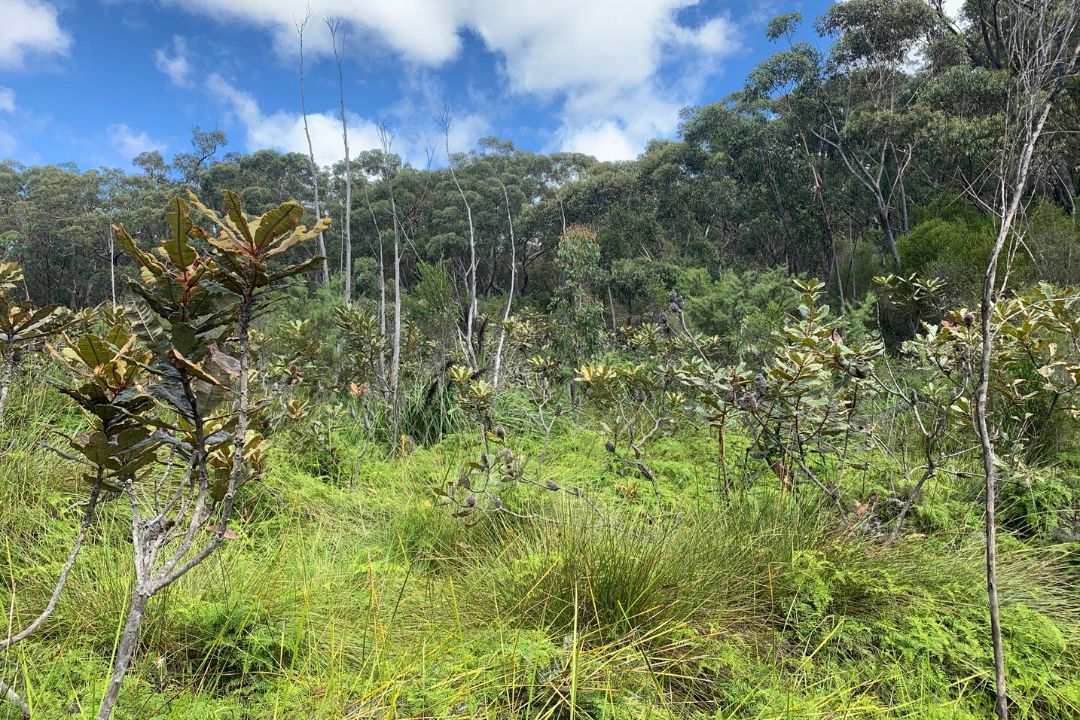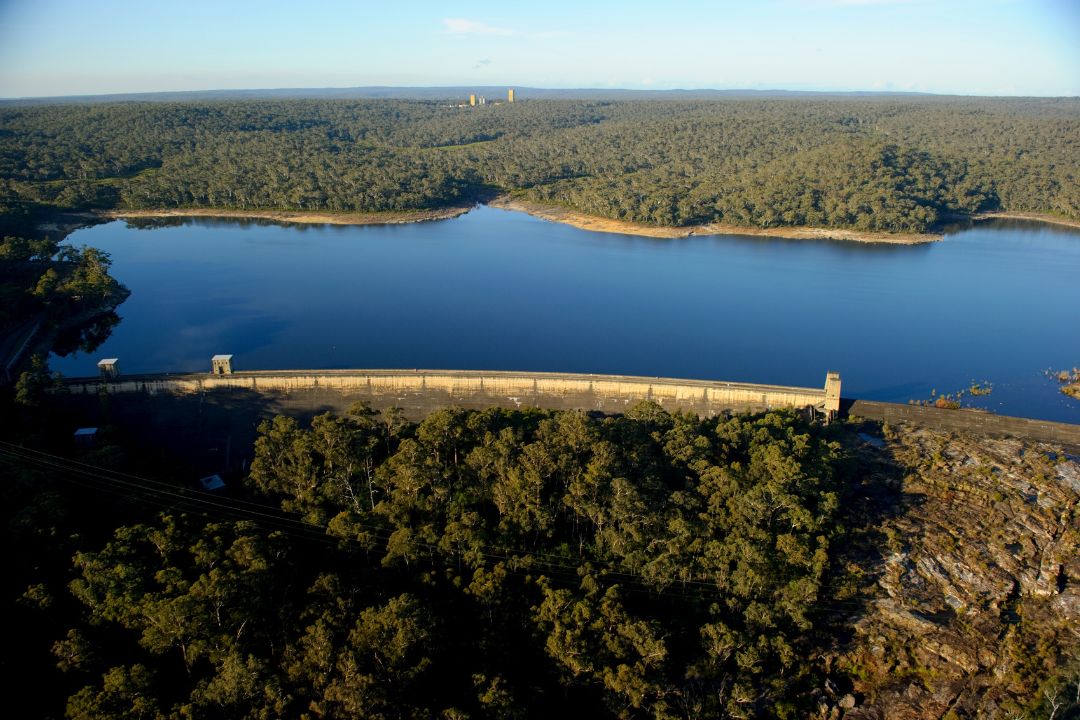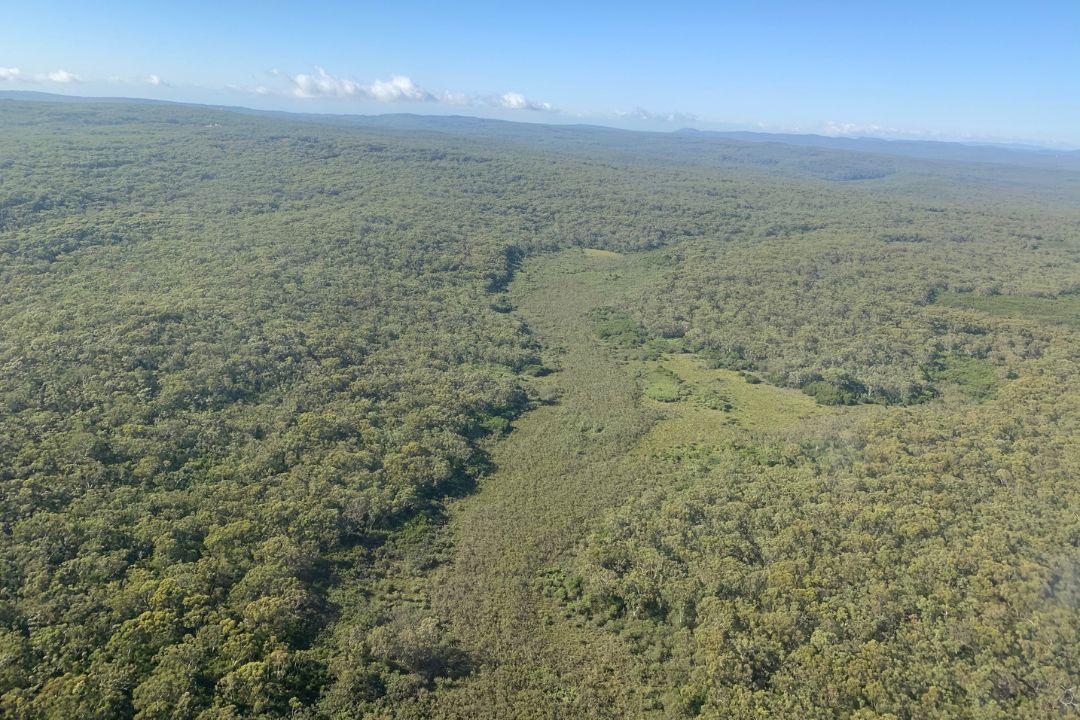Joint research project wins award for R&D Excellence
Over 1000 upland swamps on the Woronora Plateau south of Sydney act like giant sponges to purify and store water, and slowly release it to become part of Sydney’s drinking water supply.
A daily water balance model that demonstrates just how much water is stored in the swamps, and also can be lost from the swamps due to the impacts of longwall coal mining, has been developed by a team of scientists from WaterNSW and the University of NSW Water Research Laboratory.
WaterNSW Water Quality Scientist Dr Alec Davie and WaterNSW Hydrogeologist Dr Maria Dubikova worked with UNSW PhD candidate Joe Carins and Water Research Laboratory Senior Engineer Alice Harrison to develop a daily water balance model.
And now the joint research has won the R&D Excellence Award at the 2024 Australian Water Association NSW Water Awards announced on 1 March for ‘Upland Peat Swamps of the Woronora Plateau – Hydrological Monitoring and Water Balance Modelling’.
“These upland swamps are like big sponges,” Alec said. “When it rains they soak up water, and when they’re wet and full, they’ll trickle out water for a long time afterwards, even when the rest of the area is dry. For this reason, they also provide important habitat to many native animal and plant species in our catchments.
“As part of the study we installed piezometers (water level loggers) in three swamps in the Avon and Cordeaux dam catchments to understand the hydrology of these ecosystems.
“From these observations we’ve been able to determine how much water certain upland swamps can hold and contribute to the drinking water dams downstream, and we’ve also been able to see how much water is lost because of underground coal mining.
“For example, at Swamp 14 we were able to get really good data to explain how the swamp behaved before longwall mining reached it. And now we’re seeing post-mining data, we’re able to model what should be in the swamp, and measure what actually is there.”
The average post-mining reduction in water discharged from Swamp 14 in the study is 0.2 megalitres a day.
WaterNSW continues to monitor the swamps in the study as mining continues underneath. Swamp 7, in the catchment of Cordeaux Dam, will be one of the next swamps in the study area potentially impacted by longwall mining.




Published date: 4 March 2024
WaterNSW acknowledges the traditional custodians of the lands and waters on which we work and pay our respects to all elders past, present and emerging. Learn more
